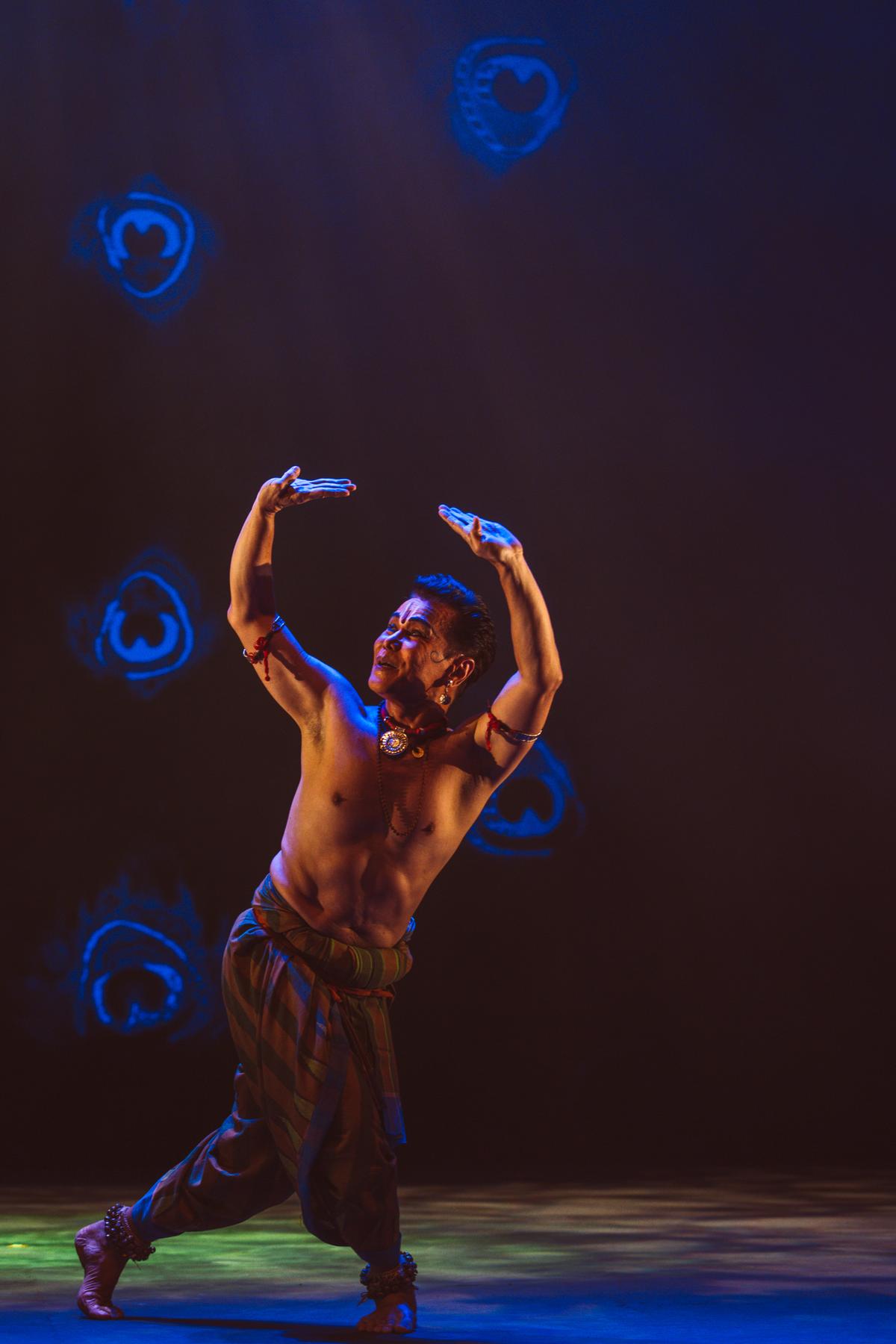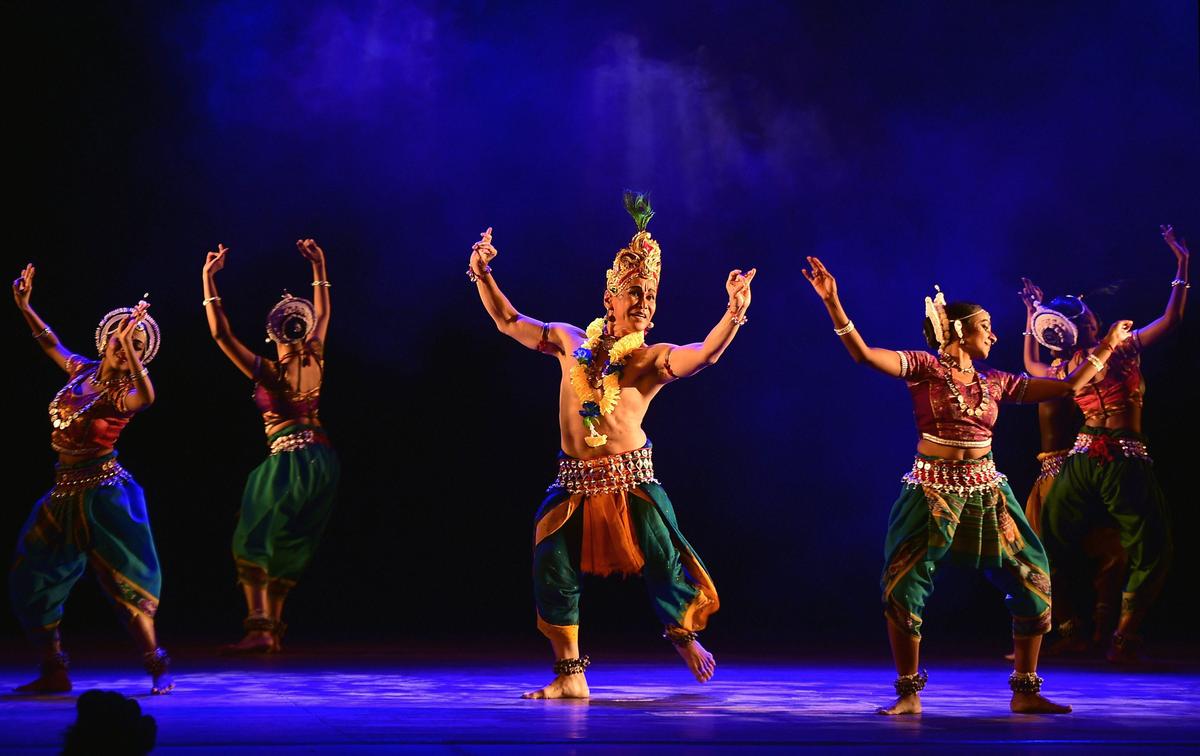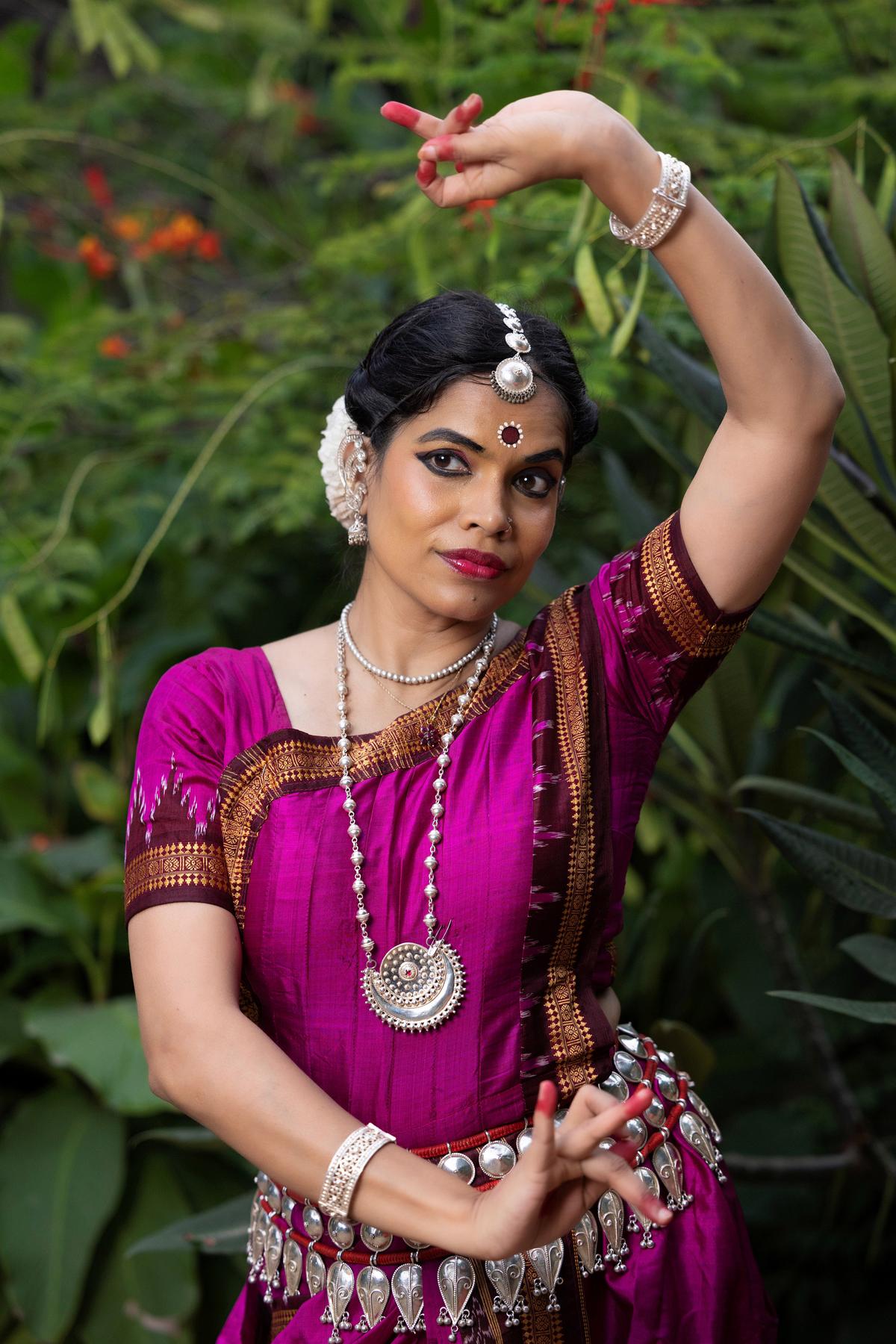Ramli Bin Ibrahim
| Photo Credit: Special Arrangement
Nrityantar presents its 13th edition of its Odissi dance festival, Naman 2024. “Our effort is to bring together and showcase various styles and schools of Odissi dance and to pay tribute to the great gurus and pioneers for their invaluable contributions to this elegant art form,” says Madhulita Mohapatra, the artistic director of Nrityantar Academy of Performing Arts.
Her dance ensemble will present the dance drama, Siya Ram … the Eternal Saga. Besides this, the festival will also feature the Sutra Dance Theatre from Malaysia, led by Ramli Ibrahim, who will also dance at Naman 2024. Speaking on phone from Malaysia, Ramli elaborates about Odissi, Naman 2024 and more.
Edited excerpts.
You learnt ballet and Bharatanatyam, but took to Odissi. What about the form captivated you?
In the ‘70s Odissi was not popular and there was very little exposure to this dance form. The first time I even heard Odissi was when I heard Odissi music by the late Raghunath Panigrahi. His voice and music was so compelling that it stirred something within me. That was when I learned about Odissi and Sanjukta Panigrahi (dancer). I had a friend, who was just starting to learn Odissi and I saw him dance the Mangalacharan and later the Dashavataar and fell in love with the form and decided to learn Odissi. It was later when I met a dancer in Delhi that I discovered Debaprasad’s style of Odissi and was drawn to it.
How different was Debaprasad Das’s style from that of Kelucharan
Mohapatra?
Debaprasadji’s form is more Shaivite in nature, while Kelu Babu’s form, is based on the gotipua dance style. I also feel Debuji’s style has an underlying touch of tantrism. He is slightly more minimalist, and his style is austere with a Tandav quality that I find exciting.

Stills from some of his dance choreographies
| Photo Credit:
Special Arrangement
Pandit Raghunath Panigrahi’s voice was a constant at any
Odissi dance recital. Would you say his singing contributed to the rise of Odissi?
Definitely. His voice was one of the major attractions of Odissi dance. I did meet him and Sanjukta Panigrahi many times and felt his melifluous voice, in his earlier singing days, leaned towards the south Indian classical style. Later his voice had a strong swing towards Hindustani. He has influenced a lot of singers in Odissi.
You established an Indian classical dance school in Malaysia. Did you feel you were being unjust to their classical and folk forms?
There is no classical form in Malaysia, but court forms like Joget Gamelan. They are not like classical dance forms of India that go back to the Natyashashtra. The challenge was to do something solo and I felt the Indian classical dance is the epitome of that challenge. Though I was doing ballet, I found, my one leg was in Indian classical dance. I did not feel promoting and practising Indian classical did any injustice to Malaysian art forms as Chinese, Indian and other forms are part of the Malay fabric. It is in the tapestry of being diverse and multi-cultural. Indian classical dance forms have been a part of the art scene here.
How did you feel when you were awarded the Padma Shri?
It was unexpected and I feel very honoured to be given one of the four highest civilian awards from India. I am the second Malaysian to get this award after Janaky Athi Nahappan, who lived not very far from me. I thank the Indian government for this honour and feel the ICCR (Indian Council for Cultural Relations) is encouraging and doing a great job in promoting artistes who practice Indian art forms.

A file photo of Ramli’s Odissi dance at an event in Chennai in 2019.
| Photo Credit:
PTI
As a choreographer, what are the challenges or hurdles you work with when it comes to international collaborations?
In Odissi, we collaborate with Indian artistes. It is the same with visual artistes as we run a gallery here. We have been promoting artistes from India for the last four decades. For dance, we have collaborated with Madhavi Mudgal, Bichitrananda Swaine and my guru,
Gajendra Kumar Panda… they have all been invited to perform here. We collaborate for the dance, music, choreography, music, as everything has to be created from scratch. It has been a wonderful journey of collaboration and creation.
You have created dances based on the Ramayana, and on Indian mythological characters like Krishna. What is your approach and treatment to these as a dancer-choreographer?
I try not to interfere with the basic vocabulary as a choreographer out of respect for the dance form itself. What I do is guide, in terms of artistic direction and how the work should go, which is done with the collaborators. Once we were done with the works of Debaprasad’s
repertoire, we started to commission new works. These needed editing so the texture of the works was well-modulated. I am not into finding new ways of movement or presentation and metaphors. I do not want to underestimate my audience, who are rasikas
who know and judge a work from the point of view of the excellence of dancing, message and presentation.

Madhulita Mohapatra, the artistic director of Nrityantar Academy of Performing Arts
| Photo Credit:
Special Arrangement
You are coming to Bengaluru for Naman 2024, spearheaded by new-age
Odissi dancer, Madhulita. What would you like to applaud about her work?
I am huge fan of Madhulita and think students trained from her school have made a strong mark when they perform. I always look forward to a performance by her students. Basically, the guru’s style is dependent on who is dancing. The best dancer will bring out the best of the guru’s work on the stage flawlessly. I think Indian dance is a dancer’s dance, how the dancer brings out the best of the composition is seen in how well the dancer is trained and the interpretation transitions from pure dance to abhinaya.
Naman 2024 will be presented on September 1, 5pm at ADA Rangamandira, JC Road. Open to all.